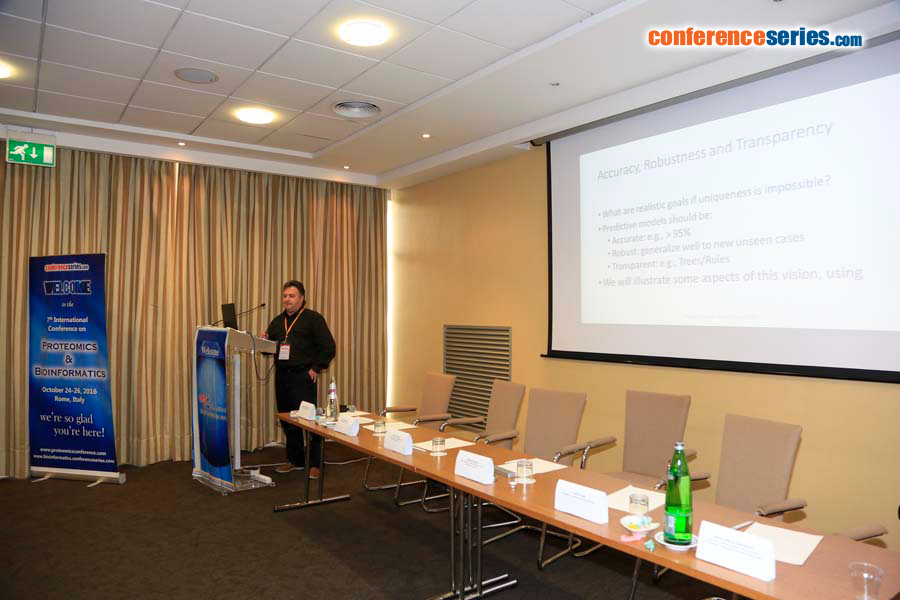
Alexandru G Floares
SAIA-Solutions of Artificial Intelligence Applications, Romania
Title: The impact of functional redundancy on molecular signatures
Biography
Biography: Alexandru G Floares
Abstract
Precision medicine’s goals cannot be reached without discovering molecular signatures from omics big data, using machine learning. The prevailing conception is that for a given biomedical condition and class of biomolecules, there should be unique and highly accurate signature. Following the best practice for whet lab determinations and predictive models development, high accuracy (>95%) could often be achieved. However, the uniqueness request contradicts biological systems organization. They are amazingly robust, despite being highly complex. Evolution seems to favor functional redundancy which confers robustness. Until recently, we were searching for single relevant biomarkers. Then, we moved to single list of biomarkers. Now, we should move to multiple equivalent lists and even go beyond lists. Multiple different lists could be the results of different feature selection or modeling algorithms. If they are all highly accurate and relevant for the biomedical condition, they probably reflect functional redundancy. As most algorithms were developed with the goal of finding the smallest highly relevant subset of variables, they precluded the proper exploration of redundancy. That is why; we will have multiple equivalent small lists. Integrating many such lists could give a better representation of the biological reality. We can also go beyond the too simple concept of a single list with molecules increased or decreased in a particular condition. Using decision trees, one can obtain rules-sets containing biomarkers, thresholds and their conditions for each phenotypic class. This vision will be illustrated with our results from analyzing the biggest miRNA NGS data collection in cancer from TCGA. This work was supported by the research grants UEFISCDI PN-II-PT-PCCA-2013-4-1959 INTELCOR and UEFISCDI PN-II-PT-PCCA-2011-3.1-1221 IntelUro, financed by Romanian Ministry of Education and Scientific Research.
Speaker Presentations
Speaker PPTs Click Here




